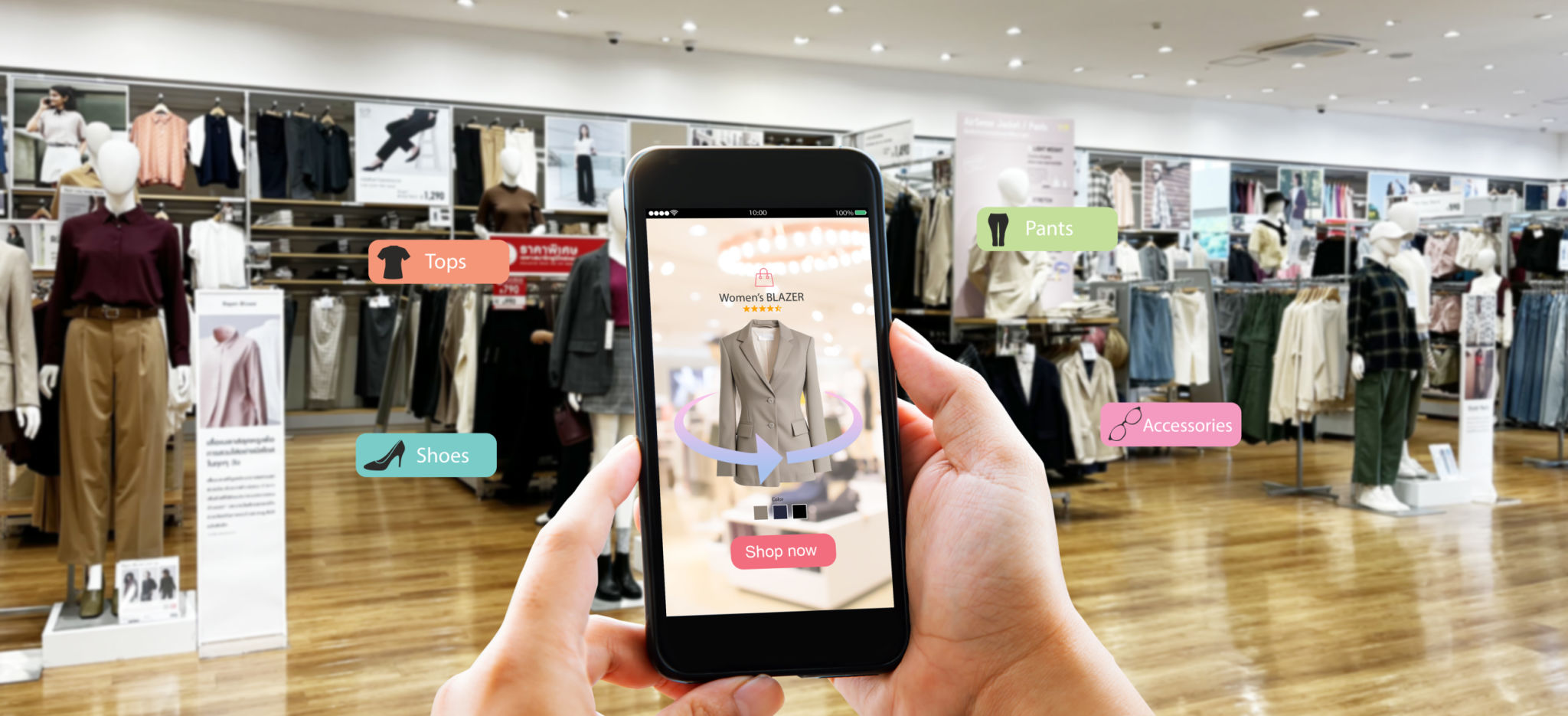The Intersection of Fashion and Technology: What You Need to Know
The Evolution of Fashion Through Technology
The fashion industry has always been a dynamic and ever-evolving sector, with trends changing from season to season. However, the introduction of technology into this realm has revolutionized how fashion is designed, produced, and consumed. This intersection of fashion and technology is not just a trend; it's a transformation that is reshaping the entire industry.

Smart Fabrics and Wearable Tech
One of the most exciting developments in the fashion-tech landscape is the creation of smart fabrics and wearable technology. These innovations go beyond aesthetics and comfort, offering functional benefits such as health monitoring, temperature regulation, and even mood enhancement. Smart fabrics are being integrated with sensors and conductive threads to create garments that can track biometric data or change color based on environmental conditions.
Wearable technology has also gained significant traction. From fitness trackers to smartwatches, these devices blend seamlessly with everyday attire, providing users with valuable insights into their health and lifestyle. The fusion of fashion and technology in wearables is making it possible for consumers to look stylish while staying connected.
The Rise of Digital Fashion Design
Technology has also transformed the way fashion is designed. Digital tools have become indispensable in the fashion design process, allowing designers to visualize concepts in 3D before any fabric is cut. This shift not only reduces waste but also speeds up the design process, enabling faster turnaround from concept to runway.

Moreover, digital fashion design tools offer unparalleled precision and creativity. Designers can experiment with different textures, colors, and patterns without any physical limitations. This digital creativity is paving the way for more sustainable practices as it allows for virtual sampling and prototyping.
Virtual Fashion Shows and Augmented Reality
The onset of the digital age has seen fashion shows transitioning from physical runways to virtual platforms. Virtual fashion shows are breaking geographical barriers, making it possible for global audiences to experience collections in real-time from anywhere in the world. This not only expands a brand's reach but also reduces the environmental impact associated with traditional fashion events.
Augmented Reality (AR) is further enhancing how consumers interact with fashion. AR applications allow shoppers to "try on" clothes virtually, offering a more interactive and personalized shopping experience. This innovative approach helps consumers make more informed purchasing decisions without leaving their homes.

Sustainable Fashion Through Technology
As sustainability becomes a critical focus in the fashion industry, technology plays a pivotal role in driving eco-friendly practices. From using AI to optimize supply chains and reduce waste to developing biodegradable materials, technology is empowering brands to minimize their environmental footprint.
The use of blockchain technology is also gaining momentum in promoting transparency and traceability in the fashion supply chain. Consumers are increasingly demanding to know the origins of their clothing, and blockchain provides a secure and reliable way to track garment production from start to finish.
The Future of Fashion and Technology
The intersection of fashion and technology is set to continue evolving at a rapid pace. As innovations such as 3D printing, virtual reality, and AI become more integrated into the industry, we can expect even more groundbreaking changes in how we create, distribute, and experience fashion.
Ultimately, the fusion of these two fields promises not only to enhance consumer experiences but also to foster a more sustainable and inclusive industry. As we look to the future, it's clear that the possibilities at the crossroads of fashion and technology are limitless.
